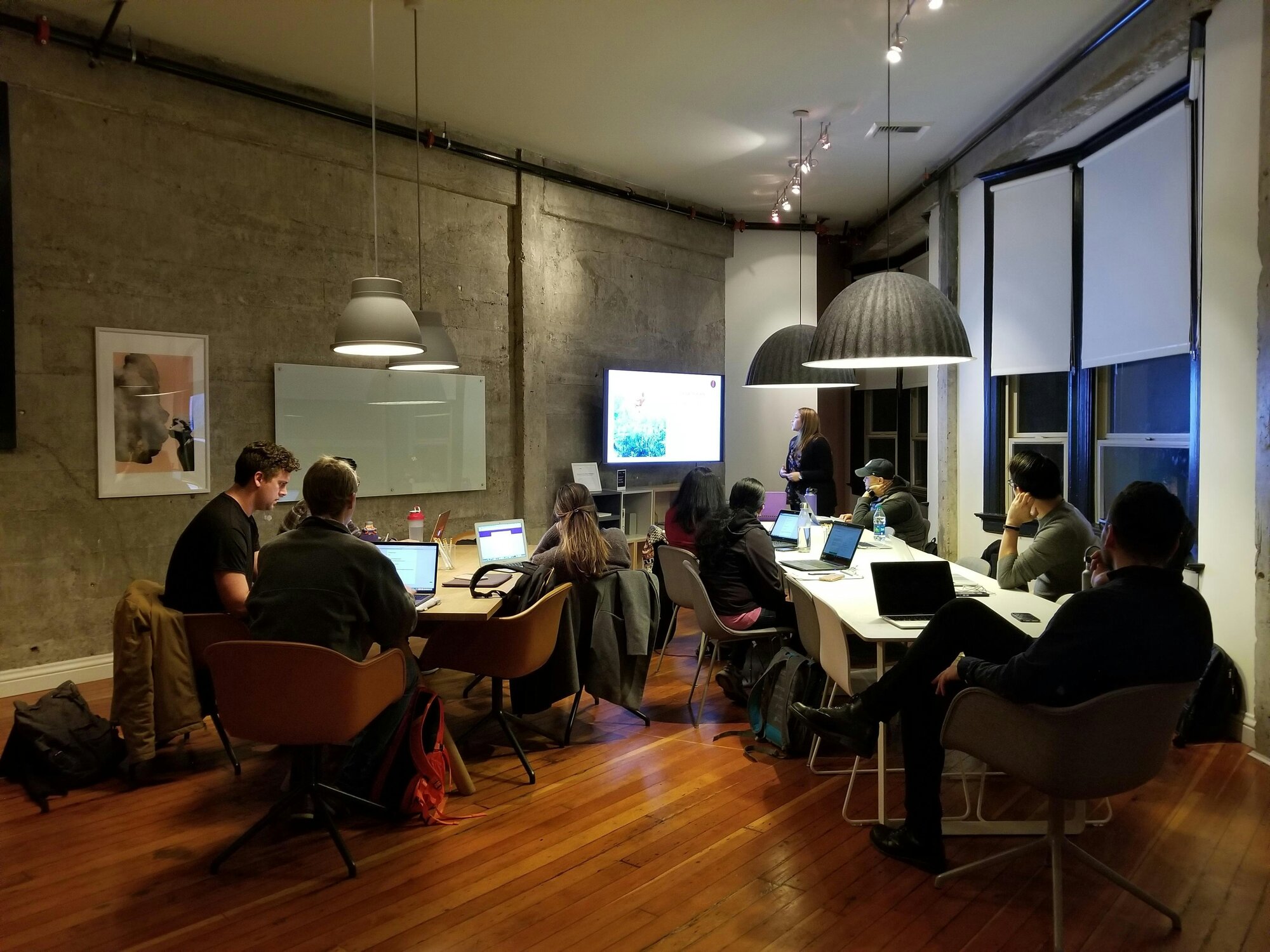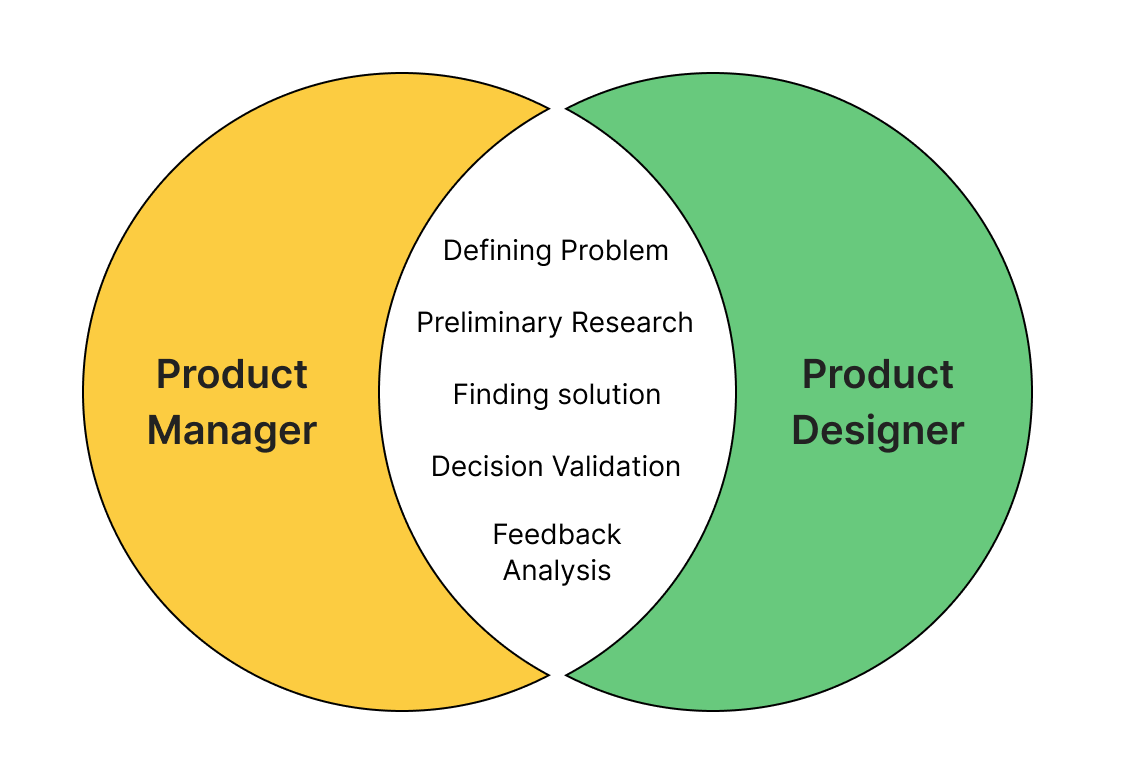An effective meeting is one that has reached its goal without spending too much of the attendees' time. The desired outcome depends greatly on the situation; thus, the way you organise a meeting will also depend on the circumstances. This sounds easy to understand and put into action. Yet, ineffective meetings happen again and again. In this article, I will classify meetings into different types and give some general suggestions on meeting organisation.
When do you need a meeting?
To have an effective meeting, you need to keep the goal of the meeting in mind. The objectives will vary, but generally, we organise a meeting when we need to make a decision, communicate something, or align ourselves.
There are different types of communication, and a discussion in a meeting is only one of them. Don’t forget that written communication might be more appropriate in many cases. The worst thing that can happen during the meeting is when your co-workers come and think (or explicitly show on their faces) that “this meeting could be an email.”
One of the ways of communication that is commonly overlooked is spontaneous communication — you raise a question during an already existing regular meeting or talk to your colleague on a coffee break if you are working offline.
We need to organise a meeting when we:
- need synchronous communication (rather than asynchronous when we are prepared to wait for a while for an answer) — for example, when a group of people need to make a highly impactful decision, or when a live discussion, rapid feedback exchange, or brainstorming is needed.
- feel a sense of urgency — we all are very busy, and our time is precious, so it’s not good practice to spend colleagues’ time on something that can be postponed.
- need to make sure the information has reached a group of people.
- would like to build human-based relationships. Text communication is more impersonal compared to live dialogue.
Sizes of meetings
It’s very important to consider the number of people you’d like to have at the meeting because repeating the same things in multiple sessions is very ineffective, as is trying to make a decision without the necessary people. On the other hand, if you invite too many people, you misuse their time and risk making the meeting unmanageable. Here are the typical sizes of meetings for different situations and different goals:
-
- One-on-one meetings are usually attended by two people, but they sometimes can be done by three if the help of an attendee’s manager or HR is needed. These meetings could be held not only between an employee and their manager but also between any two people when one or more conditions from the previous section are met. They are also appropriate for discussing sensitive topics, such as performance reviews or private feedback.
- Small meetings typically include three to five people and are held to decide on something basic (not complex and multi-factor) or get necessary information about a specific topic. For example, key decision-makers on a project are gathering to discuss specific issues. Another example is a development team asking someone to consult with them on a system that they want to change.
- Medium-sized meetings have a size of six to ten people. These meetings are appropriate for difficult, multi-factor decisions, such as discussing strategies. It is also suitable for communicating information. An example is when a company needs to convey strategy to a team.
- Large-sized meetings typically have ten or more people. Such meetings are commonly used for presentation, demonstration, or communication. Usually, there are no discussions at these meetings because it’s impossible to organise a discussion among so many people. However, the Q&A section suits such meetings very well. All-hands meetings for the whole company or one of the departments is a prime example of a large-sized meeting.
Stakeholder management: who should join and who shouldn’t
Stakeholder management is a separate, wide-ranging topic. Still, when we are talking about an effective meeting, you need to classify your stakeholders in line with their level of involvement and invite them to meetings accordingly. I suggest using the AAI (Awareness, Alignment, and Inclusion) framework. Here are the levels of involvement:
- Inclusion level. Here, you generally have people deeply involved in your project, your cross-functional team members. You would usually have small and medium-sized meetings with them.
- Alignment level. At this level, include stakeholders outside of the team and have medium-sized meetings. For example, a discussion of the marketing support needed for the launch of your feature. Small meetings are also valid; however, quite frequently, such meetings can be replaced with an instant message.
- Awareness level. Here, you have stakeholders who are less involved in your work but should know what you are working on. Regular alignment meetings and presentation meetings are the best fit here.
Regarding the involvement of your line manager, you decide whether to invite them or not, depending on their preference. Generally, the more senior the Product Manager is, the less involved their line manager should be.
How a meeting should be led
There are four main components of a successful meeting:
- Organisation. The meeting’s time and place should be suitable for all the participants. Consider items that might be needed during the meeting: a proper-sized room for an offline meeting, a whiteboard, and the materials you will be showing. It’s recommended to start the meeting on time to encourage punctuality.
- Agenda. You need to set the subject of the meeting before it starts and align with all the attendees on the meeting’s goal. This should be clearly stated in the meeting invite, and it’s a good practice to start the meeting by reiterating the objective.
- Meeting ownership. If you lead the meeting, you are responsible for the facilitation, staying on topic, and timing. Ensure that the key points have been discussed and that time isn’t wasted on anything off topic. Don’t forget to ask quiet, introverted people about their opinions and try to come to a conclusion when time is running out. If you feel that the allocated meeting time is insufficient, consider creating another meeting or having a follow-up conversation over text.
- Meeting completion. At the end of the meeting, it’s a good idea to summarise what was discussed, what decisions were made, and what the action items and next steps are. Don’t forget to thank the participants. A good practice is sending follow-up meeting notes; however, if you are sure everyone is fully aligned and understands each other correctly, you shouldn't spend your time on that.
Conclusion
In the article, we covered the basic rules for having a fruitful meeting. The ideas described are not very rigorous; they are just standard best practices. Don’t forget that product managers should both establish ground rules and remain flexible. Be open to feedback and never hesitate to ask, “Would you prefer to have a meeting to discuss that?”







